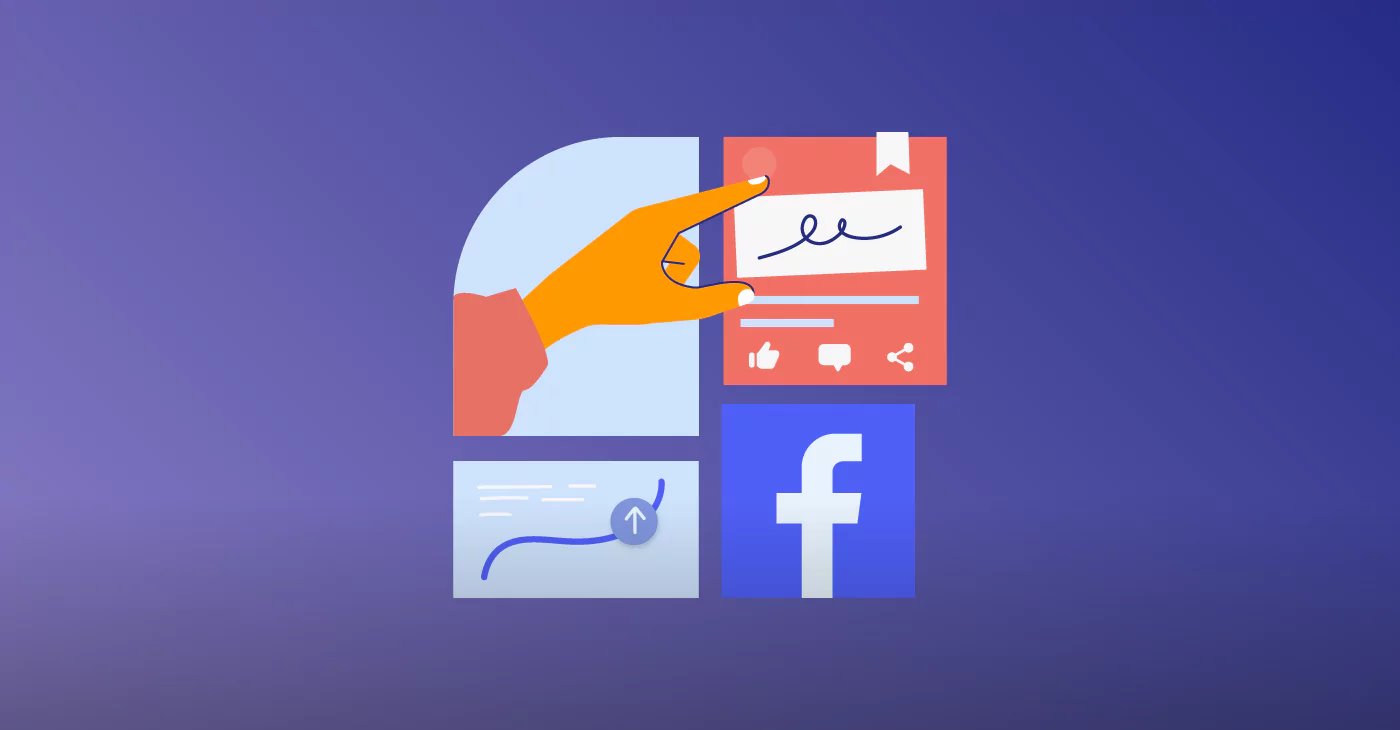
How you go about advertising your company online matters greatly for your email marketing strategy. The whole point of digital advertising is to generate traffic back to your site, where you can convert that site traffic from plain ol’ visitors to leads.
But to achieve this, you need to maximize your ad potential on the most beneficial social channels, tap into those valuable leads, and lead them back to your site where they can sign up for your emails.
In HubSpot’s State of Marketing Report, 3,400 marketers around the globe said that Facebook is the top paid channel for offering the highest return on investment. They also reported Facebook as the number one social media channel that they’re investing in.
Running a successful ad on Facebook isn’t complicated, but it’s not necessarily intuitive either. In this blog post, we’ll discuss the ins and outs of Facebook advertising, including how to put together a paid ad on Facebook so you can drive more traffic to your site and build your email list.
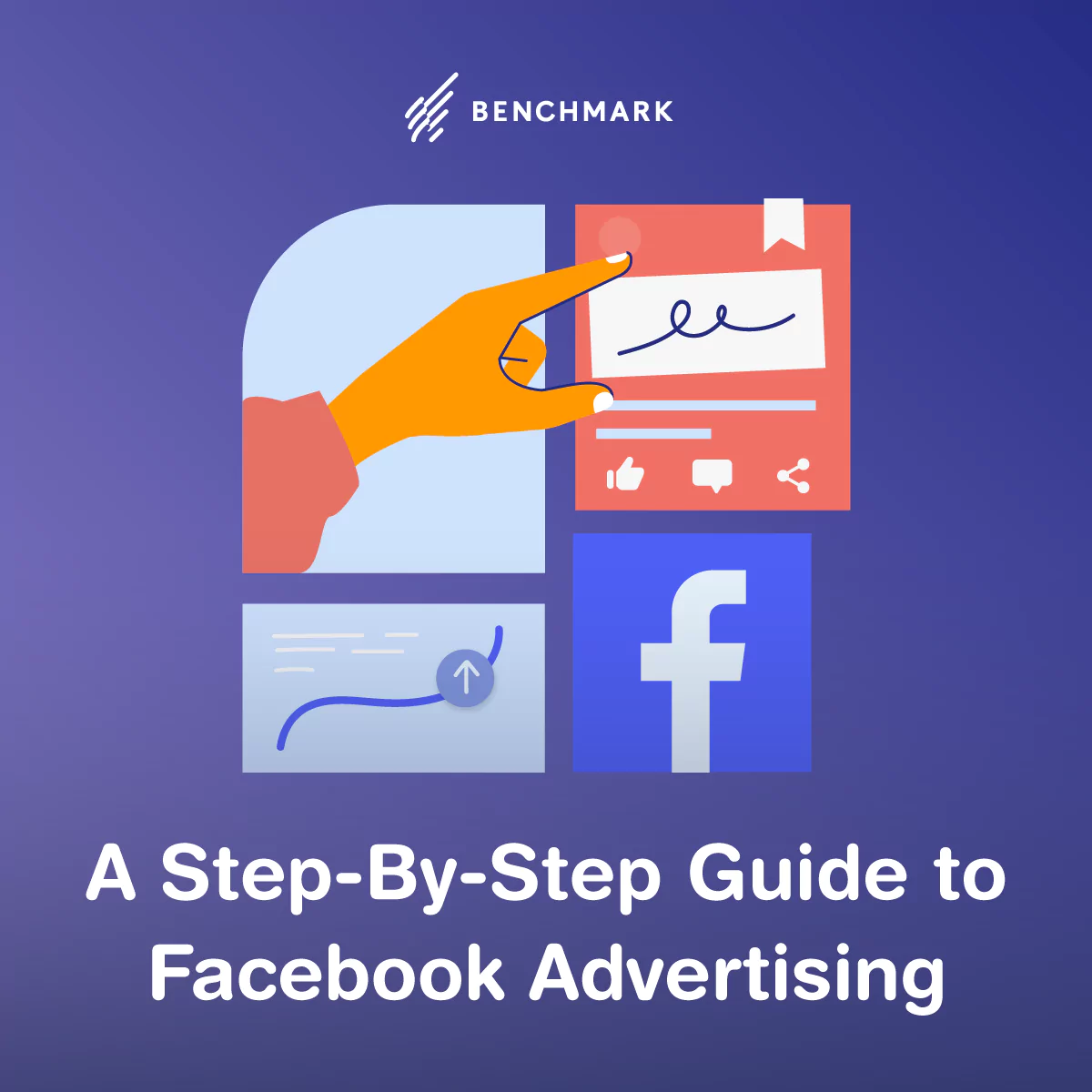
Why Facebook Ads Are So Popular
There are a lot of different places you can invest your digital ad dollars. So many marketers choose to prioritize Facebook because the platform has the most to offer when it comes to ROI.
To understand why Facebook might be such a clear winner here, consider just how many users are on the platform in the first place.
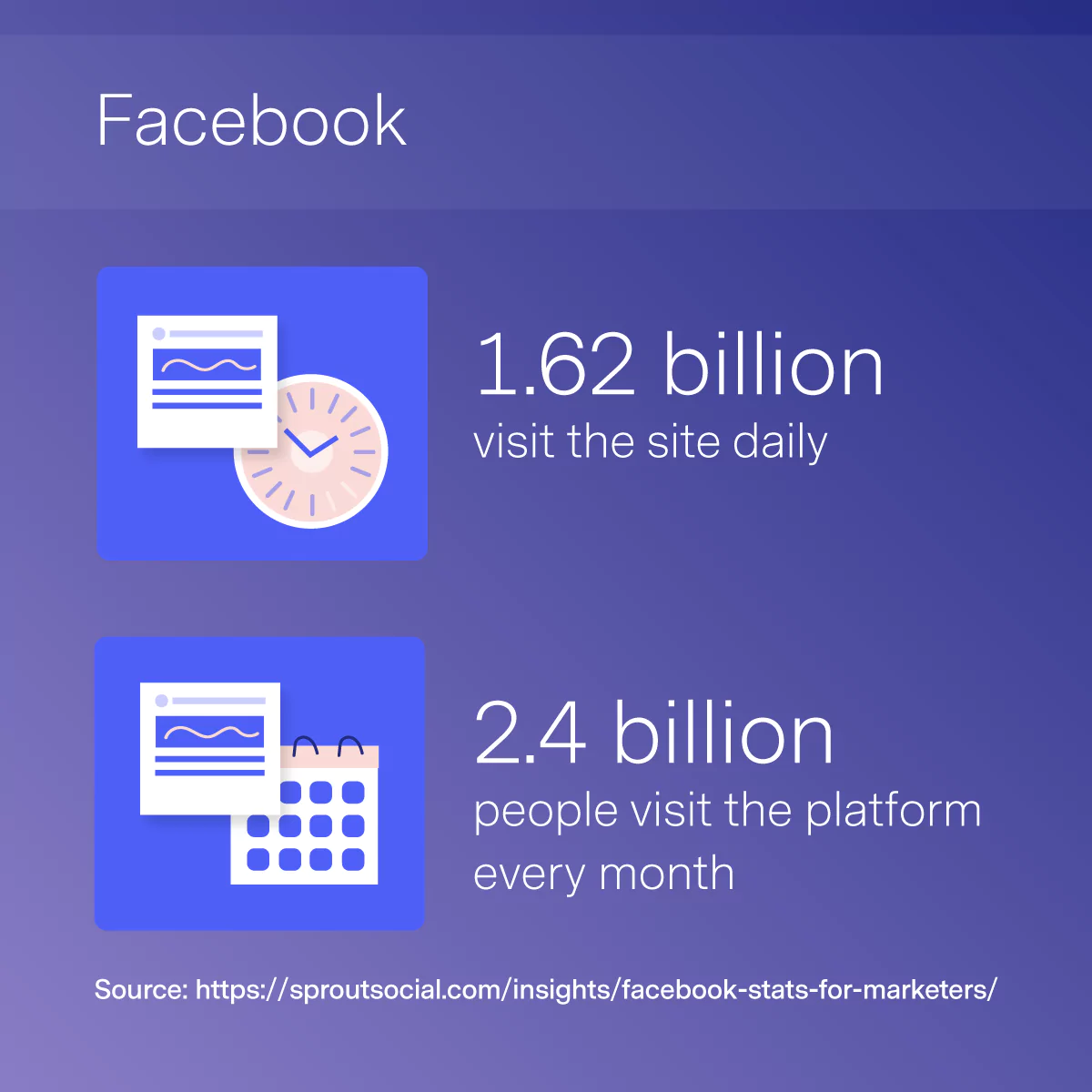
Also, the price for Facebook ads decreased by six percent in 2019, while the number of ad impressions increased by 37 percent. It’s cost-effective while still delivering results – something every small business can get on board with.
One of the reasons Facebook ads are so compelling is that they offer a variety of formats and placements to help companies engage users. There’s no one-size-fits-all approach because different people respond to different tactics. So, before you launch a Facebook ad, make sure you fully understand the different formats you can choose to run and what makes the most sense for your audience and business.
Types of Facebook Ads
The diversity of options for getting your message in front of users is endless. Here are just some of the various types of Facebook ads:
- Carousel – Can include up to 10 images that showcase your product
- News Feed – Ads that appear in the mobile or desktop feeds of users
- Instant Experience – These put brands front and center by loading quickly and taking up the entire screen
- Slideshow – Video ads made from static images
- Image – Great for first-timers, these are simple ads featuring a solitary image
Within each ad type, there are also a ton of options available in terms of format, targeting, and objective. The result is that marketers have lots of options for designing ads that are directly driven to align with their campaign strategy. You’re only investing in ad formats and objectives that appeal to your audience, which is good news when you’re trying to get the most you can from every dollar.
8 Steps To a Successful Facebook Ad
Now that you understand why Facebook ads are a beneficial lead generation source to tap into, the next step is to put one together. Let’s walk you through the process so you can be as prepared as possible.
Step 1: Get Familiar With the Ad Center
Ads run through the Facebook Ad Manager tool, which is available through the drop-down menu on your business page. If you’re not already familiar with it, log in to get it set up with your business and payment details and see how the interface runs.
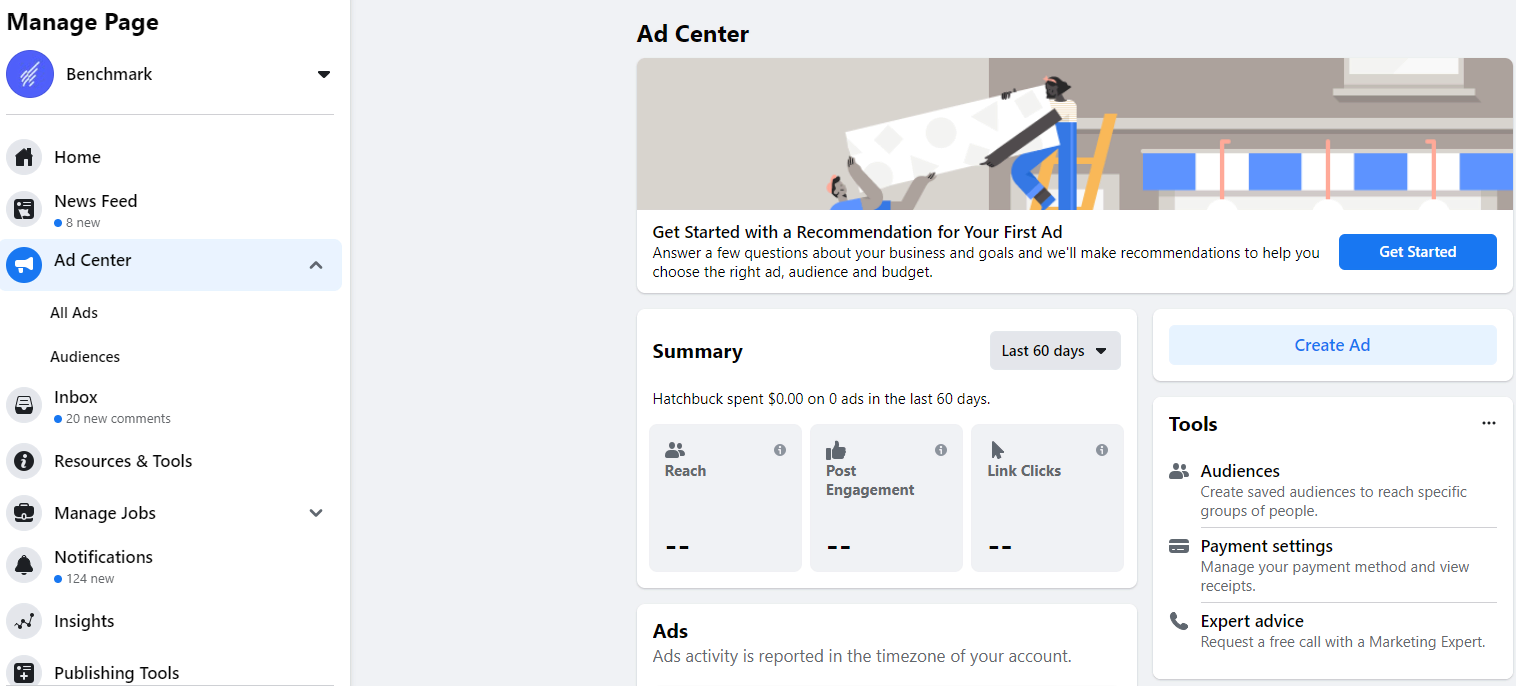
Step 2: Establish Your Goal
Facebook offers a variety of ad goals so you can create a campaign that will deliver what you need. Choose based on what lines up with your broader marketing goals, and consider A/B testing multiple objectives to see what tracks best.
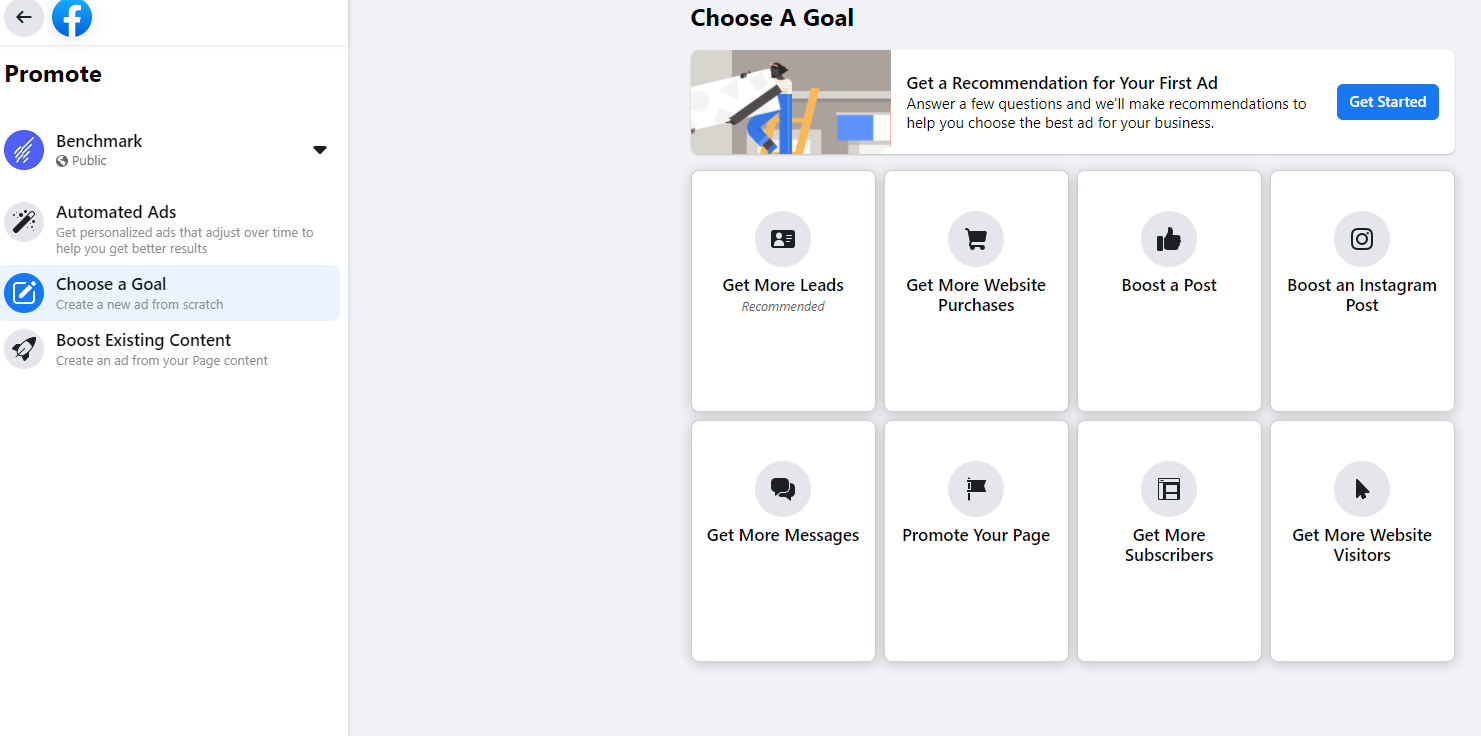
Step 3: Fill Out Key Information
For the sake of walking you through the process, we chose the goal “Get More Leads.” When directed to the next page after selecting your goal, make sure you fill out the necessary fields and name your ad. Every company has its own naming strategy, but the end goal is always clarity. We recommend including the ad objective, audience target, and ad type in the title — for example, “LeadGen-Prospects-VideoCarousel.” This will make it easy for your team to monitor and compare performance later on.
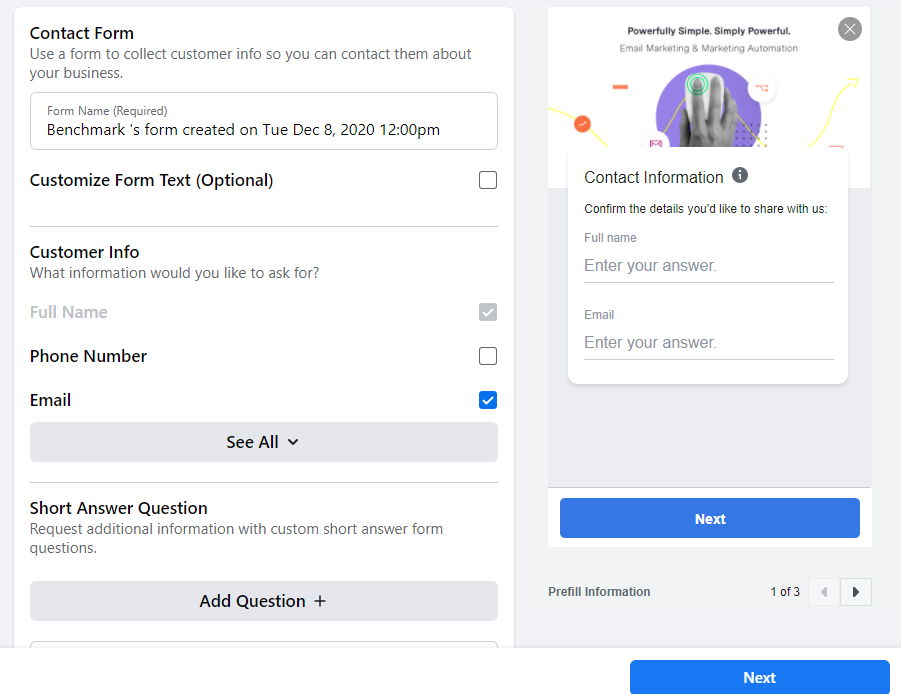
Step 4: Design Your Ad
You want your ad to look nice and highlight your company branding. Depending on the type of ad you choose, you can select your creative from existing branding materials, designs, videos, and images.
Put time and effort into developing your ad copy and creative, and make sure your call to action is obvious from the get-go. You’ll likely face competition so your focus should be on capturing interest immediately. Make your ad as eye-catching as possible, and be clear in your text, so no one is left wondering what it is you’re trying to promote.
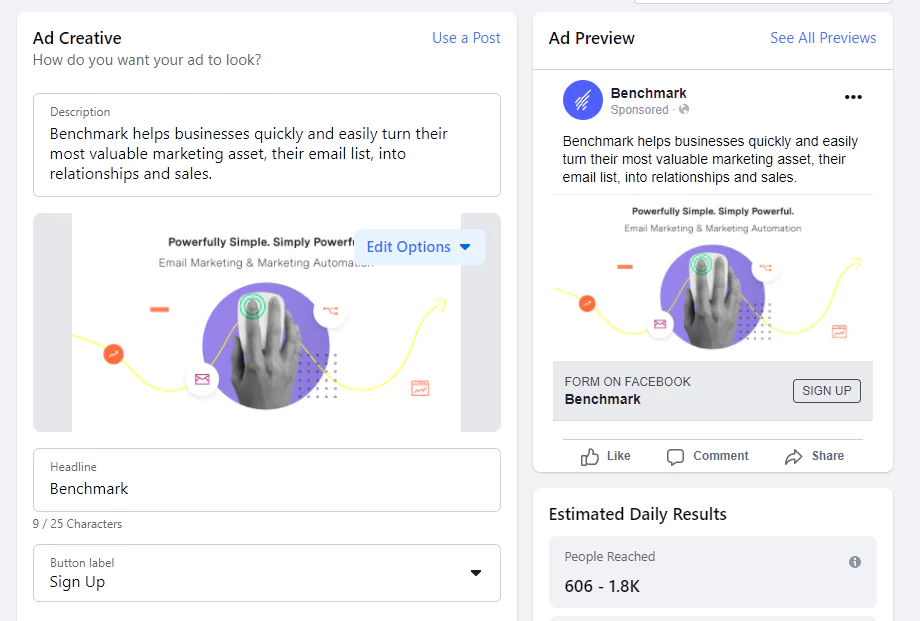
Step 5: Target Your Audience
Choose your preferred audience based on your ad objective. You can narrow down your targets based on a host of different factors, including location, age, income, education, and behaviors. This may take some tweaking to get right, so target based on what you think will work and switch it up if you’re not seeing the results you’re after.
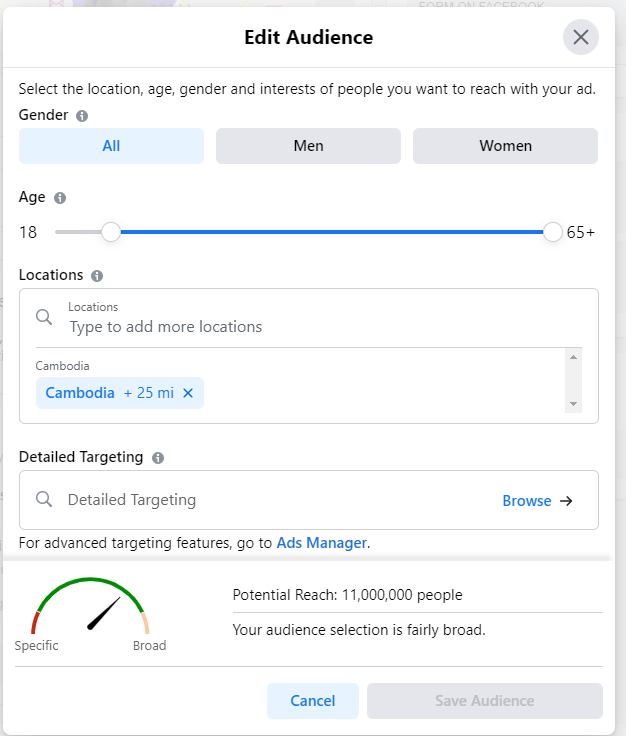
Step 6: Choose Your Placements
This step ultimately determines where your ad will appear, be it in the messenger app, within the news feed, or on stories. If you’re not sure where to place your ad for the most views, consider using Facebook’s Automatic Placement feature, and they’ll choose for you. Just note that choosing your own placements allows you to better target your ads for performance.
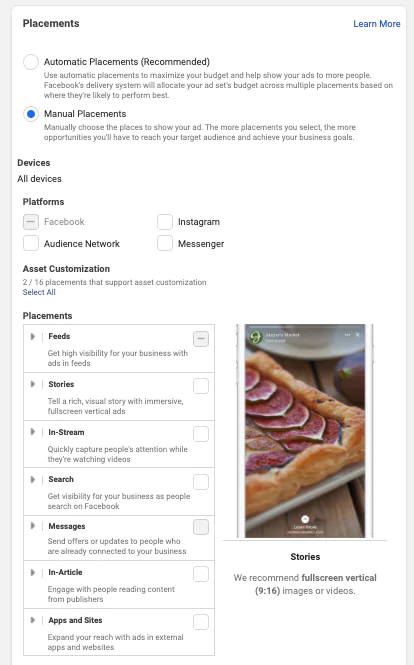
Step 7: Set Your Budget and Schedule
Your budget and schedule/ad duration depend on how much you can afford to spend per day on your ads and what you’re hoping to achieve with them. Fortunately, Facebook gives you an estimate of how your ad is likely to perform based on the budget and schedule you plug in, so you can play around until you hit the sweet spot.
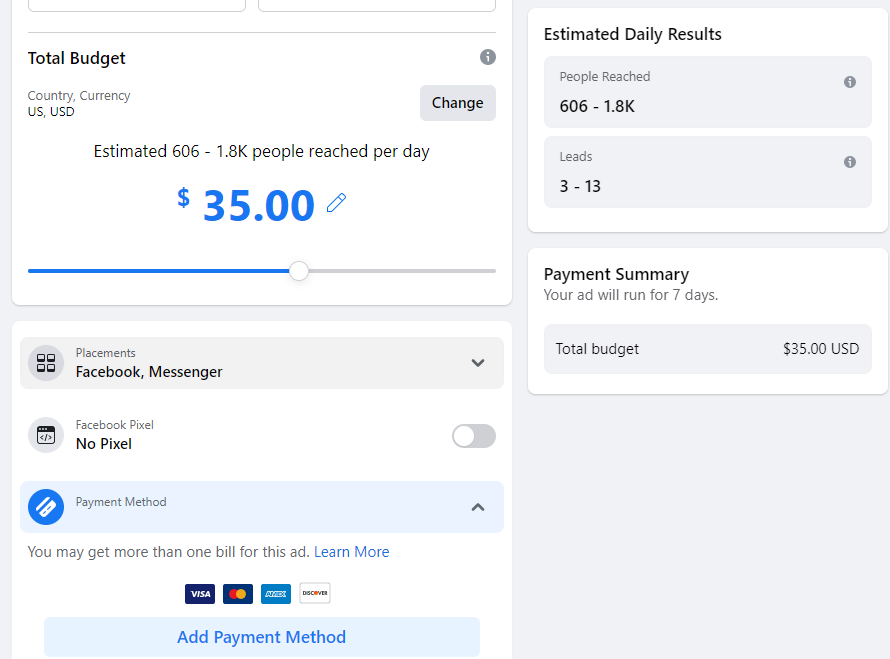
Step 8: Promote Your Ad
Hit the “Promote now” button when you’re ready to run your ad. From here, use the Facebook Ad Manager to measure your ad performance. This feature tracks conversions and will give you plenty of data you can use to better target your campaigns moving forward. The more ads you create, the more data you’ll have to create future ads with the most ROI potential.
Don’t let the unknown deter you from trying new, low-risk advertising options. When it comes to Facebook ads, you’ll find that the benefits are worth it, so use this guide to get your feet wet and try different approaches to see which are the most successful.



